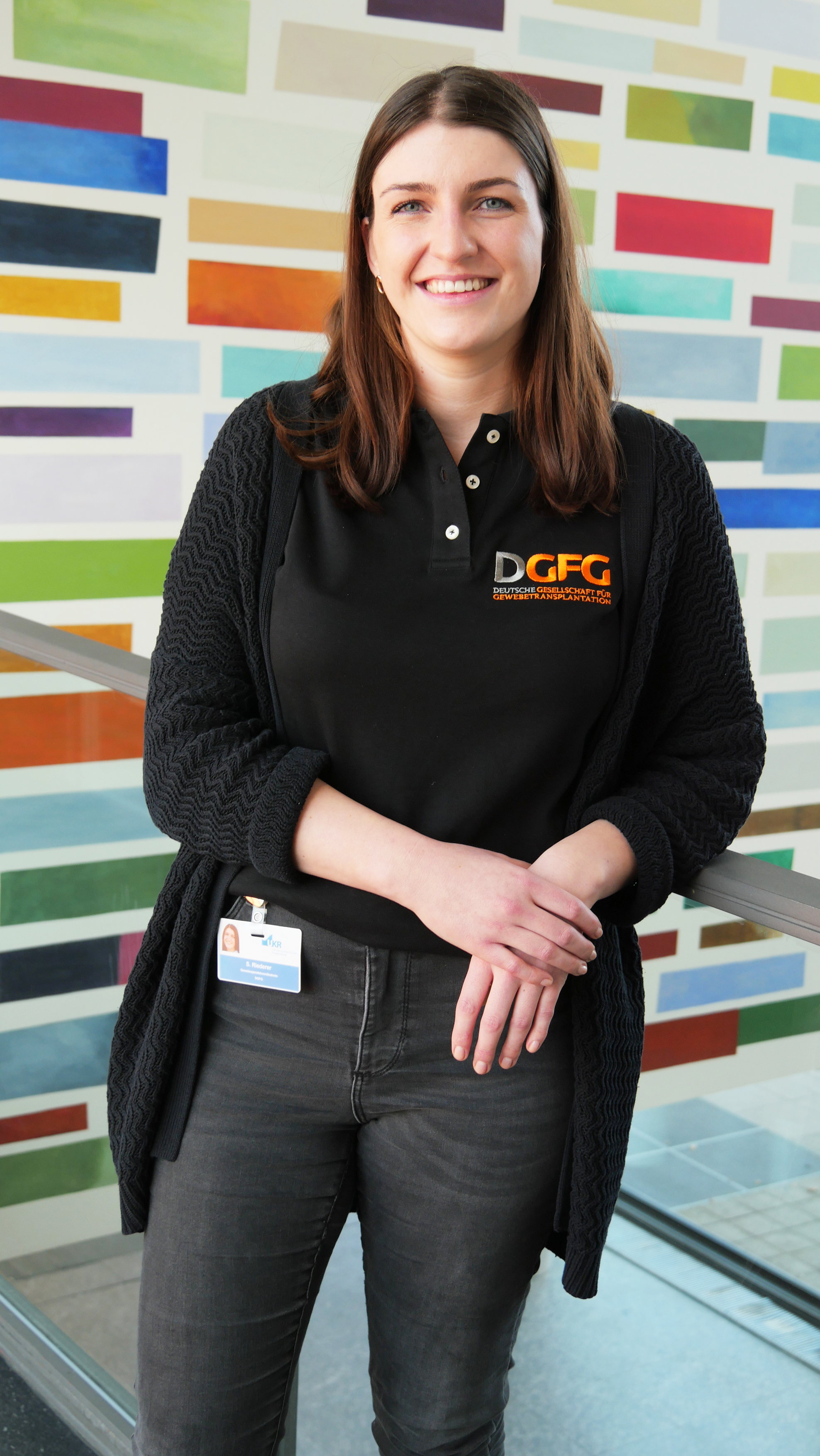
Double frozen human amniotic membrane as therapy option for non-healing wounds
Sophia Roß1, Nicola Hofmann1, Birgit Glasmacher2, Hans-Oliver Rennekampff3, Martin Börgel1, Constanca Figueiredo4.
1German Society for Tissue Transplantation (DGFG) gGmbH, Hannover, Germany; 2Institute for Multiphase Processes, Leibniz University Hannover, Hannover, Germany; 3Klinik für Plastische Chirurgie, Hand- und Verbrennungschirurgie, Rhein-Maas Klinikum GmbH, Würselen, Germany; 4Institute for Transfusion Medicine, Hannover Medical School, Hannover, Germany
Background: Human amniotic membrane (hAM) with its unique characteristics and properties can be efficiently applied in various medical fields. Numerous factors contained in hAM contribute to a special role in wound healing. Moreover, hAM possess anti-inflammatory as well as anti-angiogenic and antifibrotic properties, resulting in significant reduction of scarring. While extensively used in ophthalmology, these properties also determine its application in a wide range of therapeutic approaches i.e. as skin transplants, in the treatment of burns, in gynecological, oral, and maxillofacial surgery.
hAM is prepared from placenta, obtained after comprehensive analysis of donor’s health history and infection diagnostics within the framework of a planned caesarean section and corresponding donor's consent. After a range of preparation steps hAM is frozen without cryoprotective agents and stored at -80°C until usage. However, a second cryopreservation cycle is often desirable for the ease of handling and consistent supply of this product.
Method: A range of structural, biochemical and biomechanical parameters was investigated in order to analyze potential alterations to the properties of hAM that may occur due to repeated cryopreservation cycles. Samples from placentas of at least 5 different donors were studied.
By means of ELISA the content of EGF, HGF, TGF-ß1, bFGF, Laminin, and Hyaluronic acid was measured. Additionally dynamic biomechanical testing was performed to analyze elasticity. Cryomicroscopic observations following the same freezing/thawing protocol as well as scanning electron microscopy (SEM) were conducted to find out whether structural integrity of hAM is affected. hAM prepared in this way was used for the treatment of chronic wounds of several patients.
Results: As expected the properties of hAM showed significant interindividual differences between the 5 placentas for all investigated parameters.
In terms of cytokine content, samples of a placenta after 1 freezing cycle differed slightly from those of fresh tissue of the same placenta. The same applies to the surface structure and elasticity of the membrane.
Comparison of individual membranes as fresh samples with their frozen counterparts showed that there was no noticeable difference after repeated freezing cycles.
Moreover, it could be demonstrated that this double frozen hAM can trigger wound healing when other therapeutic options have been unsuccessful. Wound closure was achieved in all patients within a few weeks. This was particularly true in the case of complicating concomitant circumstances such as diabetes mellitus and rheumatoid arthritis requiring treatment.
Conclusion: The amniotic membrane with its unique properties can be applied in a variety of medical fields. Repeated cryopreservation procedures may be required for a secure supply. The results obtained indicate that the characteristics of hAM are not affected after double freezing and the healing effect is not compromised.